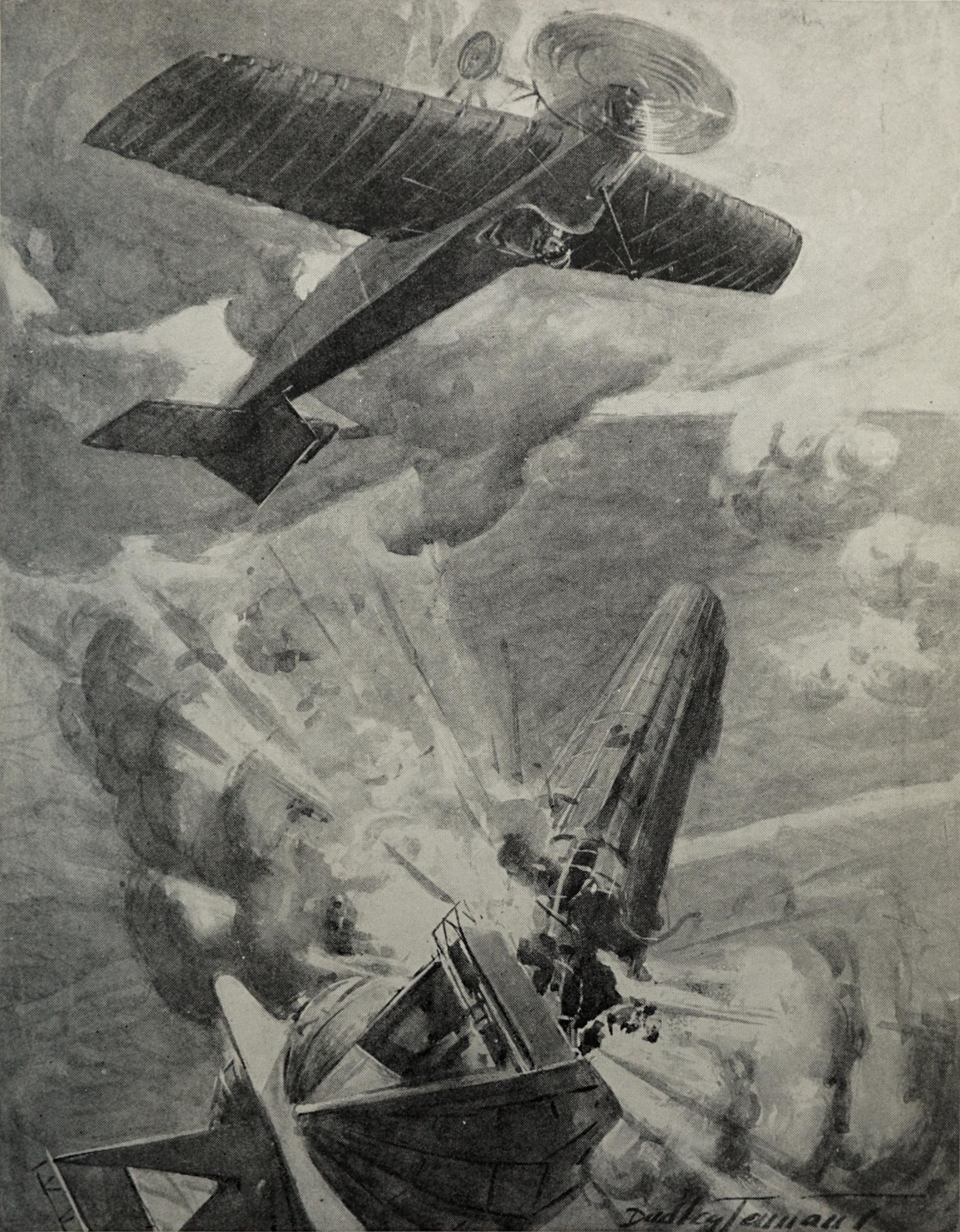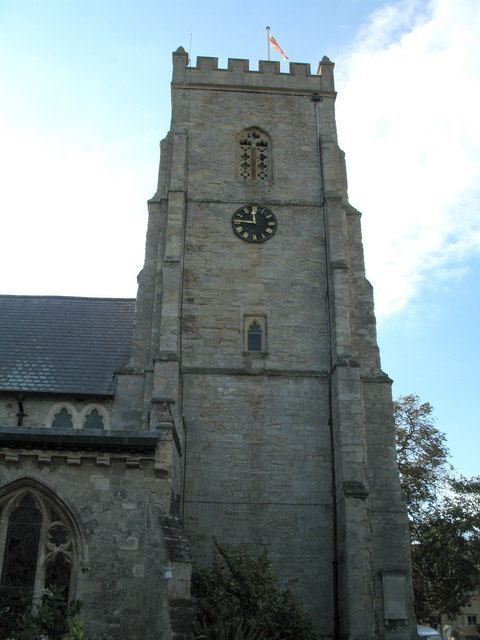|
Exmouth Town Hall
Exmouth Town Hall is a municipal building in St Andrews Road in Exmouth, a town in Devon, England. The building currently serves as the meeting place of Exmouth Town Council and also accommodates some staff from East Devon District Council. History Following significant population growth, largely associated with its status as a seaside resort, the town appointed a local board in 1850. In the early 1870s, courtyards and tenements were cleared in preparation for the construction of terrace buildings in Rolle Street, and the board later established its offices in a three-storey terrace building there. After the local board was succeeded by an urban district council in 1894, the council looked for more substantial offices. An application was submitted for funding for the new offices in 1925 and it moved to a large Victorian house known as St Bernards in St Andrews Road in around 1930. In the late 1950s, the council redeveloped the site, replacing the old house with a modern structu ... [...More Info...] [...Related Items...] OR: [Wikipedia] [Google] [Baidu] |
Exmouth
Exmouth is a harbor, port town, civil parishes in England, civil parish and seaside resort situated on the east bank of the mouth of the River Exe, southeast of Exeter. In 2011 it had a population of 34,432, making Exmouth the List of settlements in Devon by population, 5th most populous settlement in Devon. History Byzantine coinage, Byzantine coins bearing the mark of Anastasius I (emperor), Anastasius I, dating from around 498–518, were found on the beach in 1970. Evidence of people living at Exmouth Point goes back to the 11th century,The route book of Devon, Publisher Besley, 1870, Publisher: Oxford University when it was called Lydwicnaesse, meaning "the point of the Bretons". The two ecclesiastical parishes that now make up Exmouth – Littleham, Exmouth, Littleham and Withycombe Raleigh – can be traced back to before Saxon times. The name "Exmouth" comes from its position at the mouth of the River Exe estuary. The word "Exe" itself comes from an old Celtic word ... [...More Info...] [...Related Items...] OR: [Wikipedia] [Google] [Baidu] |
Canopy (architecture)
A canopy is a type of overhead roof or else a structure over which a fabric or metal covering is attached, able to provide shade or shelter from weather conditions such as sun, hail, snow and rain. They are frequently found at bus shelters and train station platforms. A canopy can also be a tent, generally without a floor. The word comes from the ancient Greek ''κωνώπειον'' (''konópeion'', "cover to keep insects off"), from ''κώνωψ'' (''kónops'', "cone-face"), which is a bahuvrihi compound meaning "mosquito". The first 'o' changing into 'a' may be due to influence from the place name Canopus, Egypt thought of as a place of luxuries. Architectural canopies include projections giving protection from the weather, or merely decoration. Such canopies are supported by the building to which they are attached and often also by a ground mounting provided by not less than two stanchions, or upright support posts. Canopies can also stand alone, such as a fabric covered g ... [...More Info...] [...Related Items...] OR: [Wikipedia] [Google] [Baidu] |
Interserve
Interserve was a British construction and support services business based in Reading, Berkshire, which went into administration in 2019 and was formally wound up in 2022. In 2019 the group generated revenue of £2.2 billion and had a workforce of 34,721 people. The company was founded in 1884 as the London and Tilbury Lighterage Company Limited. From 1991, it was known as Tilbury Douglas following a merger with RM Douglas, but in 2001 it rebranded as Interserve plc. The name change partly reflected a shift in focus during the 1990s towards maintenance and facilities management services sectors, and this continued in the 2000s, buoyed by further acquisitions. However, financial issues including problem contracts in Interserve's energy-from-waste business led to profit warnings in 2017. The company was forced to restructure and refinance in March 2018. After its financial situation worsened in late 2018, debt holders discussed further financial restructuring of the business. A d ... [...More Info...] [...Related Items...] OR: [Wikipedia] [Google] [Baidu] |
Listed Building
In the United Kingdom, a listed building is a structure of particular architectural or historic interest deserving of special protection. Such buildings are placed on one of the four statutory lists maintained by Historic England in England, Historic Environment Scotland in Scotland, in Wales, and the Historic Environment Division of the Department for Communities in Northern Ireland. The classification schemes differ between England and Wales, Scotland, and Northern Ireland (see sections below). The term has also been used in the Republic of Ireland, where buildings are protected under the Planning and Development Act 2000, although the statutory term in Ireland is "Record of Protected Structures, protected structure". A listed building may not be demolished, extended, or altered without permission from the local planning authority, which typically consults the relevant central government agency. In England and Wales, a national amenity society must be notified of any work to ... [...More Info...] [...Related Items...] OR: [Wikipedia] [Google] [Baidu] |
National Heritage List For England
The National Heritage List for England (NHLE) is England's official database of protected heritage assets. It includes details of all English listed buildings, scheduled monuments, register of historic parks and gardens, protected shipwrecks, and registered battlefields. It is maintained by Historic England, a government body, and brings together these different designations as a single resource even though they vary in the type of legal protection afforded to them. Although not designated by Historic England, World Heritage Sites also appear on the NHLE; conservation areas do not appear since they are designated by the relevant local planning authority. The passage of the Ancient Monuments Protection Act 1882 established the first part of what the list is today, by granting protection to 50 prehistoric monuments. Amendments to this act increased the levels of protection and added more monuments to the list. Beginning in 1948, the Town and Country Planning Acts created the ... [...More Info...] [...Related Items...] OR: [Wikipedia] [Google] [Baidu] |
World War I
World War I or the First World War (28 July 1914 – 11 November 1918), also known as the Great War, was a World war, global conflict between two coalitions: the Allies of World War I, Allies (or Entente) and the Central Powers. Fighting took place mainly in European theatre of World War I, Europe and the Middle Eastern theatre of World War I, Middle East, as well as in parts of African theatre of World War I, Africa and the Asian and Pacific theatre of World War I, Asia-Pacific, and in Europe was characterised by trench warfare; the widespread use of Artillery of World War I, artillery, machine guns, and Chemical weapons in World War I, chemical weapons (gas); and the introductions of Tanks in World War I, tanks and Aviation in World War I, aircraft. World War I was one of the List of wars by death toll, deadliest conflicts in history, resulting in an estimated World War I casualties, 10 million military dead and more than 20 million wounded, plus some 10 million civilian de ... [...More Info...] [...Related Items...] OR: [Wikipedia] [Google] [Baidu] |
Zeppelin
A Zeppelin is a type of rigid airship named after the German inventor Ferdinand von Zeppelin () who pioneered rigid airship development at the beginning of the 20th century. Zeppelin's notions were first formulated in 1874Eckener 1938, pp. 155–157. and developed in detail in 1893.Dooley 2004, p. A.187. They were patented in German Empire, Germany in 1895 and in the United States in 1899. After the outstanding success of the Zeppelin design, the word ''zeppelin'' came to be commonly used to refer to all forms of rigid airships. Zeppelins were first flown commercially in 1910 by Deutsche Luftschiffahrts-AG (DELAG), the world's first airline in revenue service. By mid-1914, DELAG had carried over 10,000 fare-paying passengers on over 1,500 flights. During World War I, the German military made extensive use of Zeppelins German strategic bombing during World War I, as bombers and aerial reconnaissance in World War I, as scouts. Numerous bombing raids on United Kingdom of Great Brita ... [...More Info...] [...Related Items...] OR: [Wikipedia] [Google] [Baidu] |
Victoria Cross
The Victoria Cross (VC) is the highest and most prestigious decoration of the Orders, decorations, and medals of the United Kingdom, British decorations system. It is awarded for valour "in the presence of the enemy" to members of the British Armed Forces and may be awarded posthumously. It was previously awarded to service personnel in the broader British Empire (later Commonwealth of Nations), with most successor independent nations now having established their own honours systems and no longer recommending British honours. It may be awarded to a person of any military rank in any service and to civilians under military command. No civilian has received the award since 1879. Since the first awards were presented by Queen Victoria in 1857, two thirds of all awards have been personally presented by the Monarchy of the United Kingdom, British monarch. The investitures are usually held at Buckingham Palace. The VC was introduced on 29 January 1856 by Queen Victoria to honour acts ... [...More Info...] [...Related Items...] OR: [Wikipedia] [Google] [Baidu] |
Reginald Warneford
Reginald Alexander John Warneford, Victoria Cross, VC (15 October 1891 – 17 June 1915), also known as Rex Warneford, was a British aviator and Royal Naval Air Service officer who received the Victoria Cross for air-bombing a Zeppelin during the First World War. It was the first victory of a heavier-than-air aircraft over a lighter-than-air dirigible. Early life Warneford was born in Darjeeling, India, the son of an engineer on the Indian Railways. He was brought to England as a small boy and educated at King Edward VI School, Stratford-upon-Avon but after his family returned to India he continued his education at the English College, Shimla, Simla. Following apprenticeship in the Merchant Navy (United Kingdom), Merchant Marine, Warneford joined the British-India Steam Navigation Company. At the outbreak of the First World War, he was in Canada awaiting return to India. Instead, he sailed to Britain and joined the Sportsmen's Battalions, 24th (Service) Battalion (2nd Sportsm ... [...More Info...] [...Related Items...] OR: [Wikipedia] [Google] [Baidu] |
Sidmouth
Sidmouth () is a town on the English Channel in Devon, South West England, southeast of Exeter. With a population of 13,258 in 2021, it is a tourist resort and a gateway to the Jurassic Coast World Heritage Site. A large part of the town has been designated a conservation area. History The origins of Sidmouth pre-date recorded history. The River Sid, Sid valley has been in human occupation since at least the Iron Age as attested by the presence of Sidbury Castle, and possibly earlier given the presence of Bronze Age burial mounds on Gittisham Hill and Broad Down. The village of Sidbury itself is known to be Saxon in origin with the Church crypt dating to the seventh century. However, the Sid Valley was divided into two ecclesiastical land holdings, with Sidbury and Salcombe Regis being gifted by King Athelstan to Exeter Cathedral, and Sidmouth, which was part of the Manorialism, manor of Otterton, was gifted by Gytha Thorkelsdóttir (the mother of King Harold Godwinson) ... [...More Info...] [...Related Items...] OR: [Wikipedia] [Google] [Baidu] |
Châteauesque
Châteauesque (or Francis I style,Whiffen, Marcus, ''American Architecture Since 1780: A guide to the styles'', The MIT Press, Cambridge, MA, 1969, p. 142. or in Canada, the Château Style) is a revivalist architectural style based on the French Renaissance architecture of the monumental châteaux of the Loire Valley from the late fifteenth century to the early seventeenth century. The term ''châteauesque'' (literally, "château-like") is credited (by historian Marcus Whiffen) to American architectural historian Bainbridge Bunting, although it can be found in publications that pre-date Bunting's birth. As of 2011, the Getty Research Institute's ''Art & Architecture Thesaurus'' includes both "Château Style" and "Châteauesque", with the former being the preferred term for North America. The style frequently features buildings heavily ornamented by the elaborate towers, spires, and steeply-pitched roofs of sixteenth century châteaux, themselves influenced by late Gothi ... [...More Info...] [...Related Items...] OR: [Wikipedia] [Google] [Baidu] |
Casement Window
A casement window is a window that is attached to its frame by one or more hinges at the side. They are used singly or in pairs within a common frame, in which case they are hinged on the outside. Casement windows are often held open using a casement stay. Windows hinged at the top are referred to as awning windows, and ones hinged at the bottom are called hoppers. Overview Throughout Britain and Ireland, casement windows were common before the sash window was introduced. They were usually metal with leaded glass, which refers to glass panes held in place with strips of lead called cames (leaded glass should not be confused with lead glass, which refers to the manufacture of the glass itself). These casement windows usually were hinged on the side, and opened inward. By the start of the Victorian era, opening casements and frames were constructed from timber in their entirety. The windows were covered by functional exterior shutters, which opened outward. Variants of cas ... [...More Info...] [...Related Items...] OR: [Wikipedia] [Google] [Baidu] |




